 German anti-immigrant, skinhead and neo-Nazi groups in the eastern city of Dresden staged one of their biggest demonstrations since German reunification in 1990 today, as 6,000 extremists marched through the streets, police said.Groups tied to the National Democratic Party used the 64th anniversary of the 1945 firebombing of Dresden to hold a “mourning march” through the capital of the state of Saxony. Two counter-demonstrations, led by unions and political activists, drew almost 10,000, police spokesman Marko Laske said.Black-clad youths gathered at the city’s main train station, waving black and black-white-and-red German nationalist flags as hundreds of police wearing body armor separated them from angry protesters, many of them screaming “Nazis out!”“There’s nothing in Germany that could compare to the scale of this Nazi march,”said Robert Kusche, an activist with Kulturbuero Sachsen, which organized one of the counter-demonstrations.For 10 years, anti-immigrant and skinhead groups have marked the anniversary of the bombing of Dresden in Allied air raids, which took place Feb. 13-15, 1945, at the end of World War II. Their aims have been bolstered since the NPD entered the Saxony state assembly in 2004.“They’re trying to link the victims of Dresden with the victims of Auschwitz,” Hajo Funke, an expert on neo-Nazis at the Free University in Berlin, said in a phone interview.“They represent a call for reviving the German Reich, anti-Americanism and anti-Semitism.”
German anti-immigrant, skinhead and neo-Nazi groups in the eastern city of Dresden staged one of their biggest demonstrations since German reunification in 1990 today, as 6,000 extremists marched through the streets, police said.Groups tied to the National Democratic Party used the 64th anniversary of the 1945 firebombing of Dresden to hold a “mourning march” through the capital of the state of Saxony. Two counter-demonstrations, led by unions and political activists, drew almost 10,000, police spokesman Marko Laske said.Black-clad youths gathered at the city’s main train station, waving black and black-white-and-red German nationalist flags as hundreds of police wearing body armor separated them from angry protesters, many of them screaming “Nazis out!”“There’s nothing in Germany that could compare to the scale of this Nazi march,”said Robert Kusche, an activist with Kulturbuero Sachsen, which organized one of the counter-demonstrations.For 10 years, anti-immigrant and skinhead groups have marked the anniversary of the bombing of Dresden in Allied air raids, which took place Feb. 13-15, 1945, at the end of World War II. Their aims have been bolstered since the NPD entered the Saxony state assembly in 2004.“They’re trying to link the victims of Dresden with the victims of Auschwitz,” Hajo Funke, an expert on neo-Nazis at the Free University in Berlin, said in a phone interview.“They represent a call for reviving the German Reich, anti-Americanism and anti-Semitism.”NPD in Parliament
Marchers, many with clean-shaven heads or black hoods, carried signs referring to the bombing, one of which read “Dresden is the German Hiroshima.” Several young protestors declined to comment on why they were there.“It’s horrible-I’ve never seen anything like this before,” said Frank Samol, a 58-year-old Dresdner, as he watched the march go through the city center. “The right wing is exploiting this event to put on a big show.”One of the marchers, a 55-year-old musician who identified himself only as Gerd, said he traveled from the western state of North Rhine-Westphalia to commemorate the 1945 bombing.“What impresses me is that these young people are organizing themselves, that they have ideals,” Gerd said.This year’s event is being organized by a group known as the Junge Landsmannschaft Ostdeutschland that is supported by the NPD, which will seek to retain its seats in the state assembly when Saxony’s voters go to the polls in late August.
Electoral Success
Steffen Kailitz, a specialist who studies right-wing groups at the Hannah-Arendt-Institut at the Technical University of Dresden, says the electoral success of the NPD has given the radicals a boost.“Support for the NPD has definitely been helpful for mobilization,” Kailitz said by phone from Dresden.“If you look at the numbers since 2004, they’ve been growing larger.”The commemoration of the Dresden bombing has become a centerpiece for the right-wing scene as extremist groups tried to appropriate the event to portray Germany as a wartime victim, Kailitz said. While such groups have claimed that hundreds of thousands perished in the 1945 bombing, a group of historians commissioned by the city last year concluded that as many as 25,000 died.Police said various extremists groups joined the demonstration, including skinheads, neo-Nazis and “Kamaradschaften”-semi-organized clubs used by otherwise illegal groups.Displaying Nazi symbols and Holocaust denial are prohibited in Germany. Germany’s domestic intelligence service, the Verfassungsschutz, has also said online activity is increasing organization among extremist groups.Some 5,000 extremists marched in Dresden for the 60th anniversary of the bombing in 2005, the police said. Last year about 3,300 police were mobilized for security and authorities deployed “a few hundred more” this year. Laske declined to say how many police were involved.“The march is a revival of German far-right megalomania and extreme nationalism,” said Funke.“The far-right’s strength isn’t in parliament but rather in a rightist and neo-Nazi sub- culture that’s been unbroken since the 1990s.”
By Patrick Donahue
http://www.bloomberg.com/apps/news?pid=20601087&sid=aGstsMp983DI&refer=worldwide
As in the days of Noah...









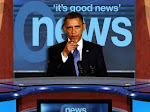

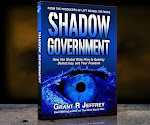
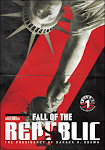

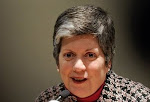
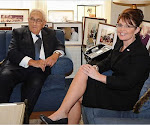

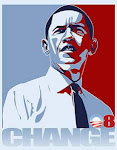
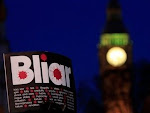
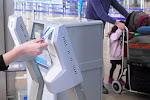




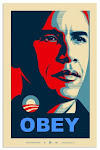


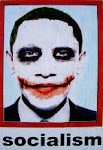


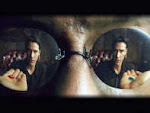

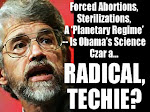
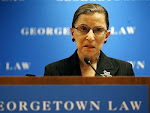


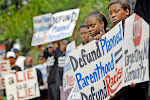
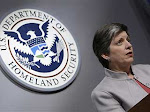
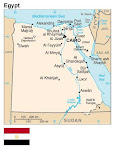


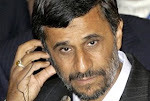


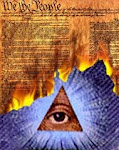
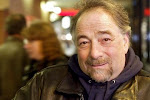






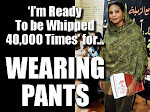

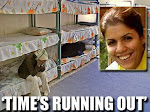







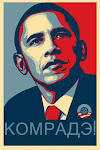
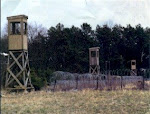




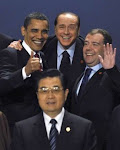
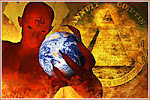



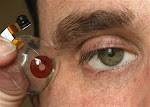


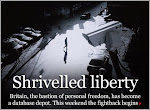


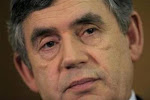

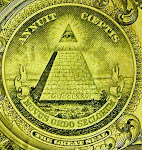
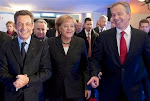



.bmp)



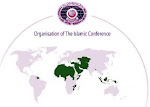




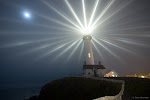


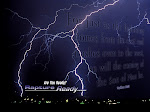
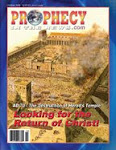





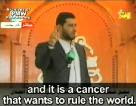
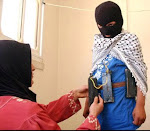

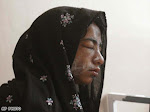



.bmp)